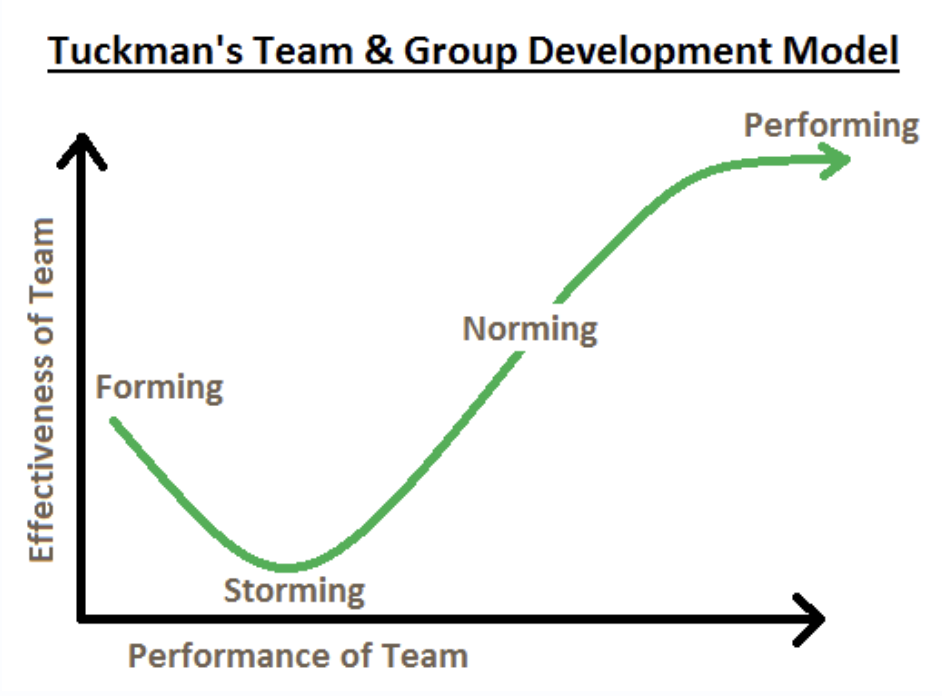With today’s digital learning environment pervasive at all levels of K-12 education, effective edtech usage is paramount to deliver desired student learning outcomes. However, doing so requires a seamless collaboration between IT (Information Technology) and Teachers.
Teachers rule the roost in the classroom, and they represent the front lines in the daily endeavor to facilitate student learning, discovery, growth, and maturity. IT, on the other hand, is responsible for the technology infrastructure for the entire district and its schools, and with the proliferation of 1:1 models, where each student is equipped with their tech device, their accountabilities even extend off-campus and into students’ homes.
Nevertheless, between the two functions at a great many school districts is a road less travelled. Certainly, IT is often an active participant in professional development sessions for teachers, and they serve as a Help Desk for teachers when technology goes off the rails. And, of course, teachers are quite in the habit of providing feedback on edtech to the IT department. But those interactions between IT and teachers are often reactive, one-way, and tactical, delivered by one function and received by the other. Those interactions tend to not be either strategic or collaborative.
This post covers a critical few best practices to drive effective collaboration between IT and teachers.

Roadmap to Building IT and Teacher Collaboration
The context of building collaboration between IT and teachers begins with an analysis of students’ holistic needs. Students are the ultimate customers in the K-12 value proposition.
Resist the temptation to start with the idea that collaboration between IT and teachers is about making those two departments more effective and/or efficient. Rather, start with tending to the students’ holistic needs, including desired learning outcomes. Then, work backward to ensure each department, both IT and Teaching, operates collaboratively, efficiently, and effectively.
Consider the following best-practice steps to drive organizational collaboration:
1 — Create shared vision and goals. Collaboration is not an IT initiative or a teacher initiative. If it starts out that way, it’s likely to fail.
Ownership dictates how much parties will invest in collaboration. The first step is to jointly develop your teams’ shared vision for student well-being and student learning, and then set goals and objectives related to that shared vision. With vision and goals in place, then specify how the teams will work—both together and independently—to work toward goal attainment, including evaluation processes and assessment metrics.
Connections between the vision of the team and its work allow each individual team member to see/feel purpose, and with purpose comes ownership in the collaborative process.
2 — Identify group norms. Establishing group norms creates the safe environment necessary to successfully collaborate. Group norms almost always include defining roles and responsibilities. If you’re not familiar with Bruce Tuckman’s Forming, Storming, Norming, and Performing stages of group development, give it a careful read. Fear not, it’s a quick, intuitive read.
Establishing trust is often the most difficult aspect of early collaborative efforts. Facilitate conversations around trust, how difficult it is to build, and how quickly it can erode. Trust will be important to create the safe environment necessary for open communication.
With trusting and open communication, invest the time upfront to learn one another’s learning styles and interests, as well as their hopes and concerns for the initiative. Better understanding one another will shape the norms for how individuals will engage as a group in shared work.

3 — Facilitate discussion and dialogue. Group members should be prepped to use discussion and dialogue as basic tools in collaboration. But first, they must understand the difference between the two, as both are important to successful outcomes.
Dialogue is conversation that is intended to share knowledge and broaden the group’s collective understanding. Dialogue should involve multiple perspectives, and be willing to question the status quo, the “way things are done around here,” and most definitely delve into values and potential biases. Effective dialogue requires a willingness to state beliefs, active listening and the suspension of judgment, comfort in periods of ambiguity, and trust in the collective process.
After dialogue, there is then discussion, which moves the conversation forward to a more actionable state. Discussions involve statements of individual positions to build consensus for decision-making.
4 — Manage Conflict. Dialogue will reap deep learning as group members explore, learn, and grow. And it will most definitely breed conflict.
Don’t avoid conflict! Conflict will be necessary to create and implement creative and comprehensive solutions. Rather than avoid, proactively seed and effectively manage conflict.
Bring up the topic of conflict management early in the group’s formation and provide resources to everyone. Both IT professionals and teachers tend to rely on just a single conflict resolution tool in their day-to-day existence. Usually, it’s from the “my way or the highway” school of thought. As a collaborative group, make all individuals aware of the breadth of tools in managing conflict.
Summary
Today’s digital classroom requires a collaborative approach by teachers and IT professionals, bridging what was not so long ago two vastly different functions in K-12 school district. Today, it’s arguable those two functions have more in common than they do in difference.
Achieving desired student learning outcomes is now a partnership between many stakeholders. Taking care to establish a strong collaborative foundation by using a critical few best practices will set your district’s team up for success.

